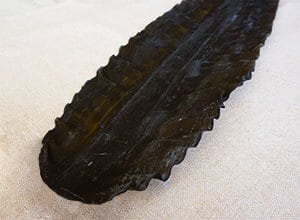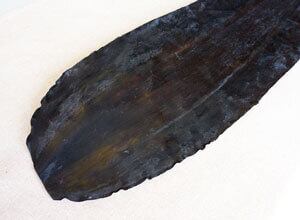About Kombu
Dashi is a very important element in Japanese cuisine.
On this page, I will explain about kombu(kelp), one of the important ingredients of dashi.
First of all, kombu(kelp) is not harvested all over Japan.
95% of the kombu(kelp) harvested in Japan comes from Hokkaido.
The remaining 5% comes from only three places in the Tohoku region: Aomori, Iwate, and Miyagi.
This is because kombu(kelp) grows only in cold water.
There are four types of kombu(kelp) used for dashi in Japan.
・真昆布 Makombu

The aroma is mild in both heating and watering methods of making dashi.
It has an elegant sweetness and a clear, unctuous umami that spreads in the mouth.
It is the most elegant dashi of the four.
・利尻昆布 Rishiri kombu

It is not as sweet as Makombu, but it has a slight smell of kombu. It is flavorful but does not interfere with the ingredients.
Compared to Rausukombu and Makombu dashi, it gives a sharp impression.
・羅臼昆布 Rausu kombu

It is called the King of Dashi because it has a strong dashi that has a very rich umami and sweetness.
Its color is slightly more yellowish than other kombu dashi.
・日高昆布 Hidaka kombu

It smells more like the smell of the sea than kombu.
It has a light sweetness and umami, but since it doesn't continue to spread, it feels less than other kombu dashi.
Because of the above characteristics, Makonbu and Rausu kombu are used in mid- to high-priced Japanese restaurants, while Rishiri kombu is used in prestigious Kyoto kaiseki restaurants and high-end Japanese restaurants.
Hidaka kombu is used in Japanese households because it is inexpensive.



